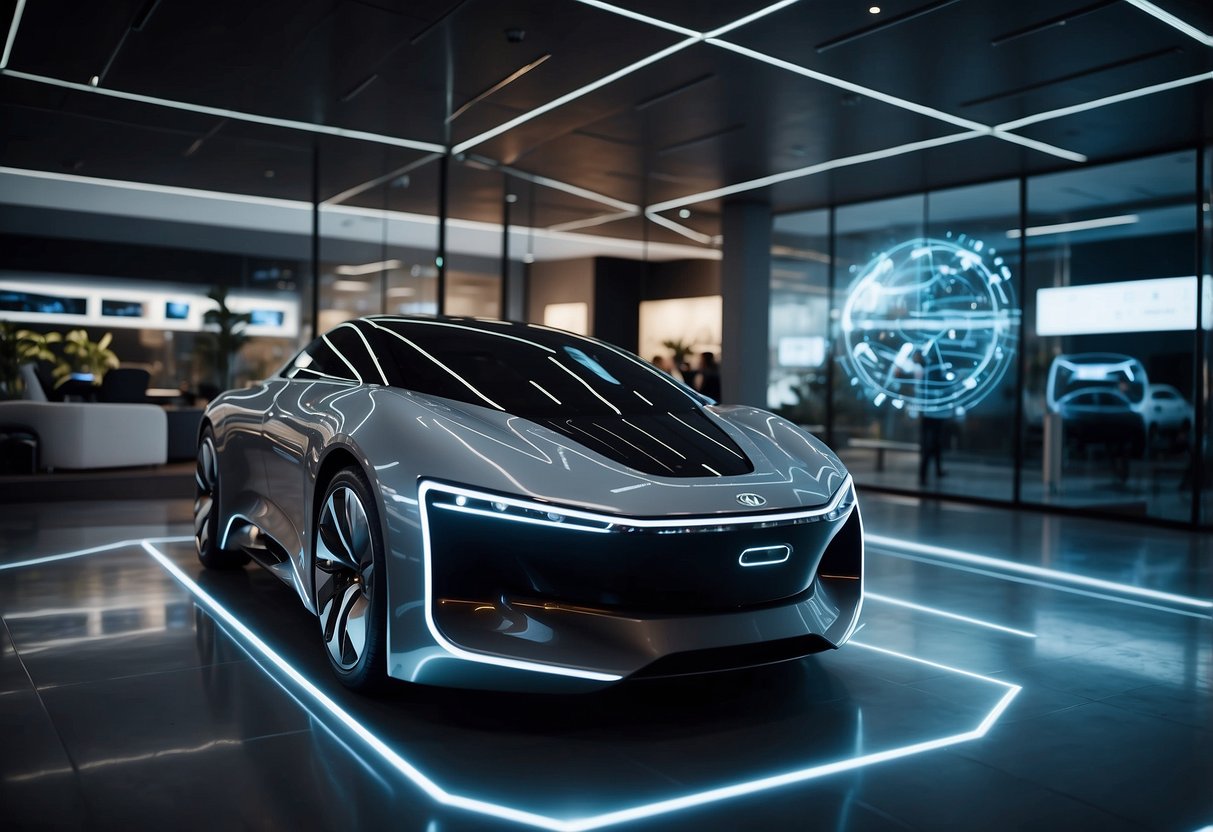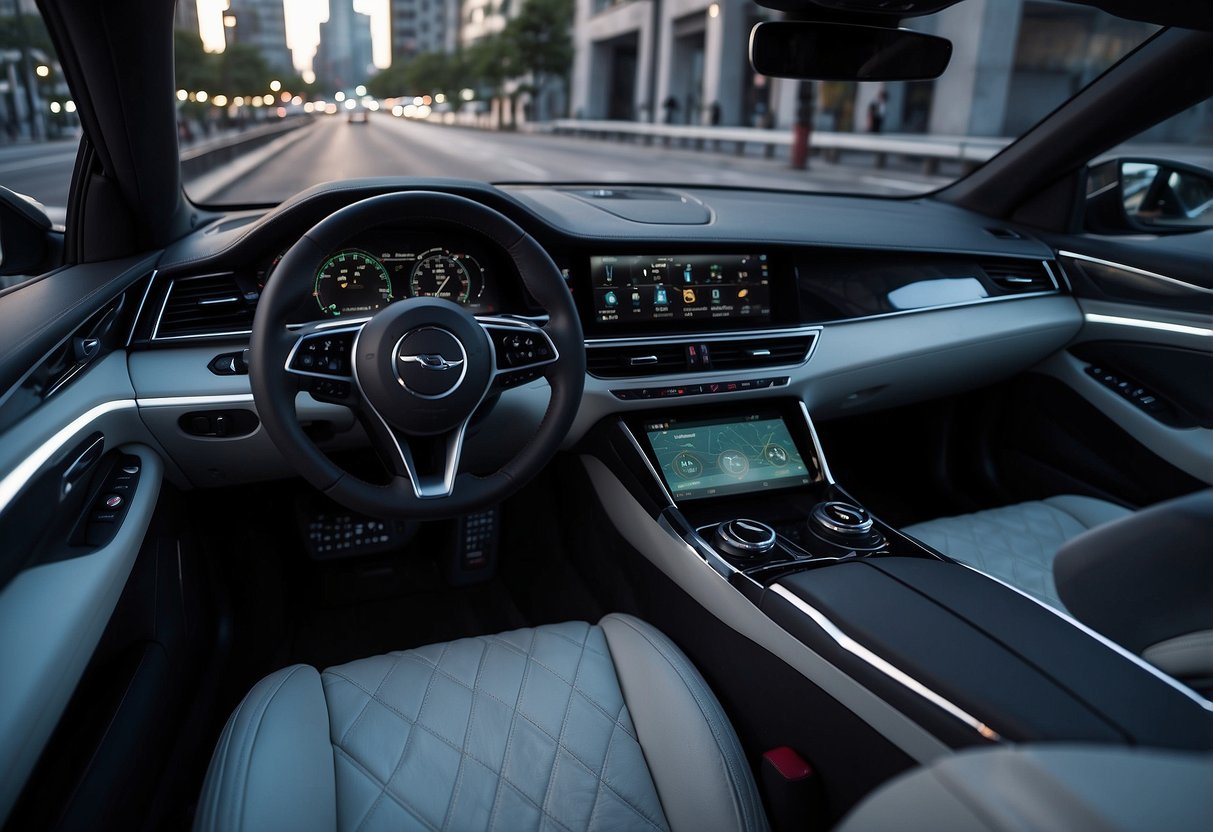
Integrated Vehicle-to-Everything (V2X) Communication
Integrated Vehicle-to-Everything (V2X) communication represents a significant advancement in automotive technology. V2X encompasses various communication types, including Vehicle-to-Vehicle (V2V), Vehicle-to-Infrastructure (V2I), and Vehicle-to-Pedestrian (V2P).
V2X communication enhances road safety by allowing vehicles to share information like speed, position, and brake status. This can help prevent collisions and improve traffic flow. For example, smart traffic signals can adjust timings based on real-time traffic data received from vehicles.
Another key benefit is the reduction of congestion. Vehicles can communicate with infrastructure to find optimal routes, thereby reducing travel time. It also improves fuel efficiency by enabling smoother traffic flow and reducing stop-and-go driving patterns.
V2X also supports autonomous driving. Autonomous vehicles rely on real-time data from their environment to make decisions. V2X communication enables these vehicles to receive data not just from sensors and cameras, but also from other connected devices on the road.
Additionally, V2X facilitates better emergency response. Emergency vehicles can send signals to clear a path through traffic, reducing response time. This system aids in quicker and safer movement during emergencies.
Cybersecurity remains a crucial aspect of V2X. Ensuring the transmitted data’s authenticity and integrity is vital to prevent malicious attacks. Robust encryption and secure authentication are essential for safeguarding the system.
Integrated V2X communication promises a safer, more efficient, and interconnected driving experience. This technology is paving the way for smart cities and advanced mobility solutions. Its comprehensive impacts are shaping the future of transportation.
Advanced Driver-Assistance Systems (ADAS) Enhancement

In 2024, Advanced Driver-Assistance Systems (ADAS) have made significant strides, focusing on improving safety and efficiency. Enhanced sensors, including LiDAR, radar, and cameras, provide a 360-degree awareness of the vehicle’s surroundings, leading to better object detection and response.
Machine learning algorithms now process real-time data to offer predictive capabilities, anticipating potential hazards before they become critical. Vehicles can adjust speed, lane position, and even braking patterns based on complex environmental analysis.
Enhanced V2X (Vehicle-to-Everything) communication allows cars to interact not only with each other but with infrastructure, such as traffic lights and road signs. This cooperation between vehicles and infrastructure reduces congestion and improves traffic flow.
Improved user interfaces present ADAS data more intuitively, making it easier for drivers to understand and react to system prompts. Interaction through voice commands and haptic feedback ensures drivers stay focused without distraction.
Increased automation in parking assistance helps drivers navigate complex and tight spaces effortlessly. Innovations in autonomous parking systems allow vehicles to park themselves accurately, even in the most challenging parking scenarios.
ADAS enhancements in 2024 promise a safer, more efficient driving experience. These advancements pave the way for future fully autonomous vehicles, making roads safer for everyone.



